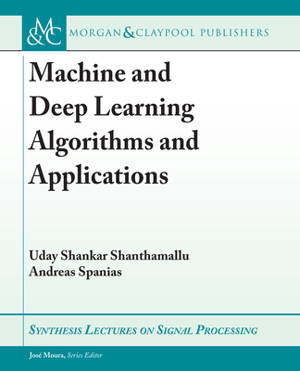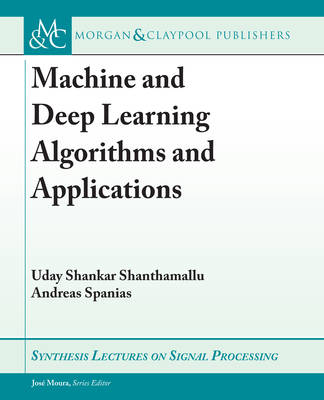
- Retrait gratuit dans votre magasin Club
- 7.000.000 titres dans notre catalogue
- Payer en toute sécurité
- Toujours un magasin près de chez vous
- Retrait gratuit dans votre magasin Club
- 7.000.0000 titres dans notre catalogue
- Payer en toute sécurité
- Toujours un magasin près de chez vous
97,45 €
+ 194 points
Description
Introduces basic machine learning concepts and applications for a broad audience that includes students, faculty, and industry practitioners. The book begins by describing how machine learning provides capabilities to computers and embedded systems to learn from data.
Spécifications
Parties prenantes
- Auteur(s) :
- Editeur:
Contenu
- Nombre de pages :
- 123
- Collection :
Caractéristiques
- EAN:
- 9781636392677
- Date de parution :
- 22-12-21
- Format:
- Livre relié
- Dimensions :
- 152 mm x 229 mm

Les avis
Nous publions uniquement les avis qui respectent les conditions requises. Consultez nos conditions pour les avis.






